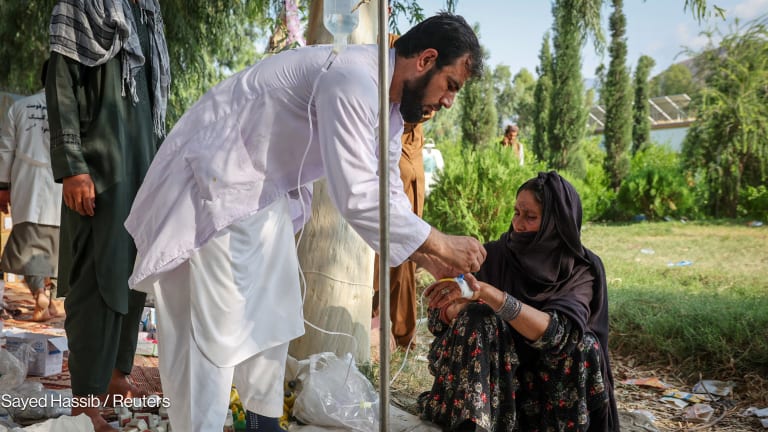
Cyclone Phailin recently swept through the Indian states of Andhra Pradesh and Odisha, leaving 45 dead, almost $700 million in damage and about 12 million people affected.
Phailin, however, did not wreak the havoc that a similar storm left behind in 1999. Why? This time government agencies and humanitarian organizations were prepared, to the extent that half a million residents were moved to safe areas in the country’s single largest evacuation in 23 years.
READ: A tale of two cyclones
So how do NGOs prepare for an impending natural disaster and respond to it in the emergency phase?
World Vision, with vast experience dealing with these situations in Asia-Pacific, shared with us a few tips to better respond to any type of massive flooding or storm in a developing country:
Before a disaster
1. Perform risk assessment. When preparing to work in a community, identify environmental hazards that make the area vulnerable to disasters like floods and cyclones, and if at least two vulnerabilities are found the community is marked high risk to natural disasters.
2. Disaster preparedness training. In these high risk communities, train members of the community on what their environmental vulnerabilities are, how to mitigate them, and respond through developing disaster preparedness plans and actual response to save lives. Help communities establish, strengthen and train on Early Warning Systems so that communities can be warned before the disaster strikes. This is especially critical for storms and flooding, which are possible to predict up to several days in advance.
3.Develop a community disaster response preparedness plan. The plan involves pre-positioning relief supplies in disaster prone areas and identifying members of the community to form the community task force, who are trained in disaster preparedness including search and rescue, basic first aid and protecting livestock. For example, in preparation for Cyclone Phailin, 40 community task force teams set up by World Vision in Ranpur, a small town in the state of Odisha, worked together to move around 12,000 people to safe areas, thus saving lives and property.
In the emergency phase
1. Coordinate response with all appropriate stakeholders, such as government, community groups and other NGOs. Proper coordination ensures all people impacted by the disaster are reached and there is no response activity is duplicated.
2. Provide basic necessities like food and water during the first 48 hours. This is critical to saving more lives.
3. Complete a rapid assessment of the damage to determine the needs for the emergency phase of the disaster. This involves interviewing disaster survivors to determine their most critical needs and preferences for assistance. World Vision is increasingly using smartphones to conduct rapid assessments, as it saves both time and money compared to pen and paper.
Read more development aid news online, and subscribe to The Development Newswire to receive top international development headlines from the world’s leading donors, news sources and opinion leaders — emailed to you FREE every business day.








